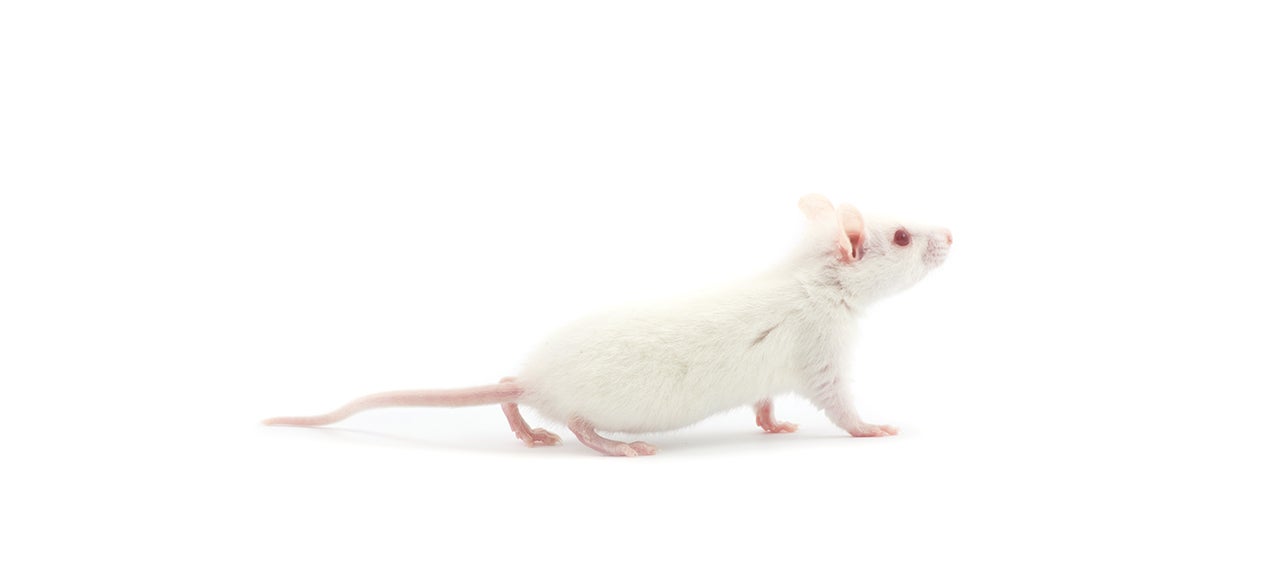
3D printers already have a firm footing the commercial market, with more than 20 models available for well-heeled DIYers, and the technology’s appeal isn’t lost on the scientific community. A team at Heriot-Watt University in Edinburgh, Scotland has developed a method for 3D-printing clusters of human embryonic stem cells in a variety of sizes. Researchers have successfully printed 3D cells before, but this is the first time that embryonic cell cultures, which are especially delicate, have been built in three dimensions. Human embryonic stem cells can replicate almost any type of tissue in the human body — and the scientists at Heriot-Watt believe that lab-made versions could one day be used to make organ transplants, thereby rendering donors unnecessary. In the nearer future, 3D-printed stem cells could be used to make human tissue models for drug testing; effectively eliminating the need for animal testing. Makes that Burritob0t look a little less ambitious, doesn’t it?
Filed under: Science, Alt
Comments
Via: Inhabitat, BBC
Source: Heriot-Watt University

![]()




